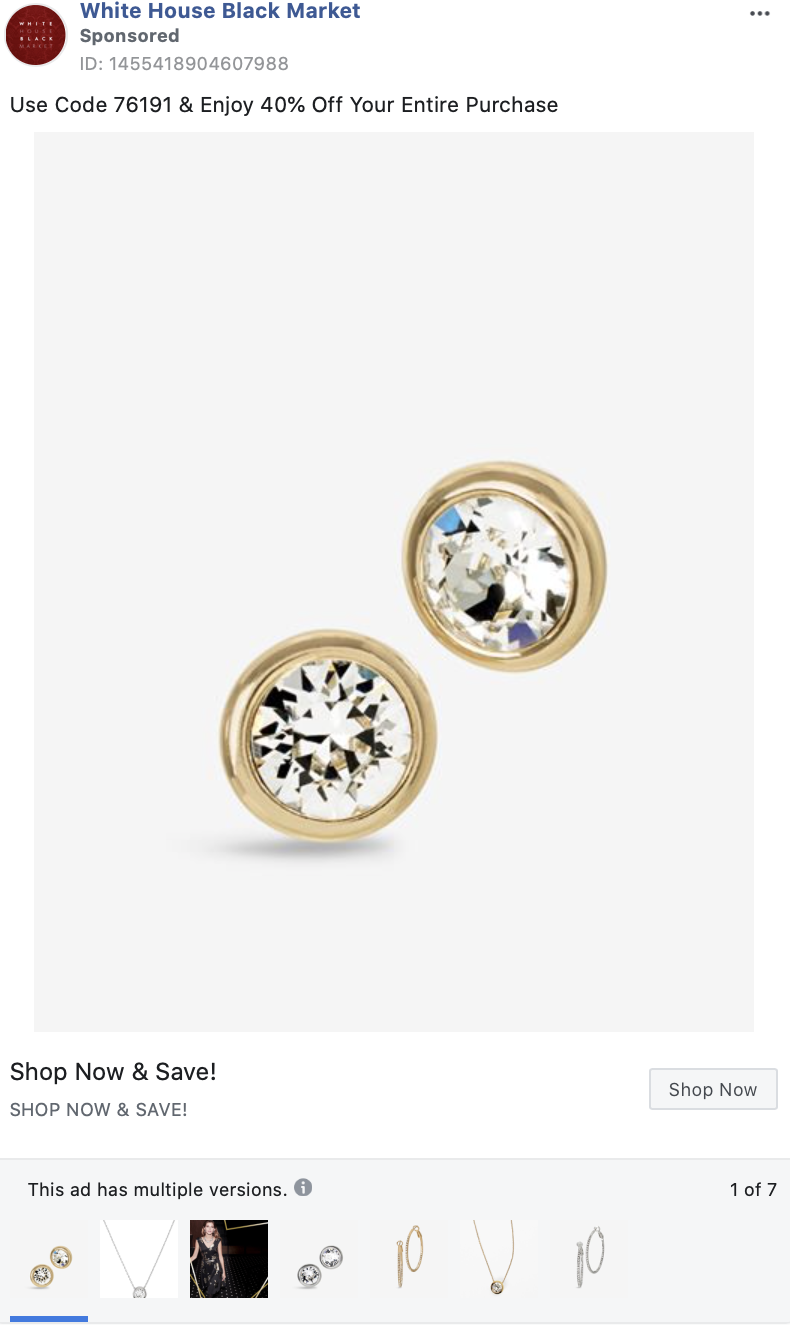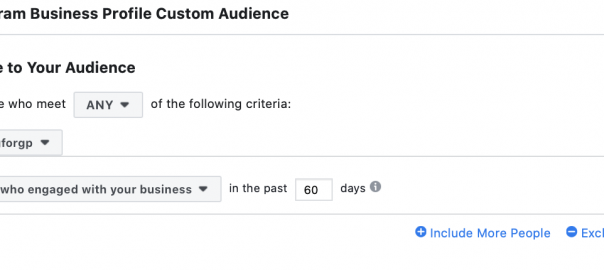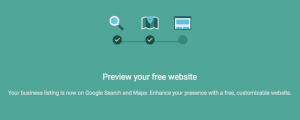When done well, direct consumer advertising on Facebook can offer powerful profit growth. But all ad strategy is not created equally, and this is one area where you can’t see success if you’re only willing to dip a toe or two in the water. Ready to go full hilt? Keep reading to learn our tried and true strategy for D2C marketers who are ready for their campaigns to make more of an impact.
First, take note of a few qualities that set apart high-performing marketers from the rest of the pack:
- The ability to update creative assets across the funnel at least once per week.
- Possession of a test and learn mentality that prioritizes staying up to date on platform-tools, as well as testing new audiences, placements, and creative, even when ads are doing well.
- An understanding of the need to prioritize the value of ad spends ROI. (At the end of the day, other metrics—whether that’s brand visibility, captured leads, or product sales—only matter in the context of your return on ad spend.)
Note, too, that while Facebook is doing a lot to encourage advertisers to consolidate campaigns, advance marketers are achieving the best results when they employ complex targeting to reach different people, with different messages, across the funnel. The result here is more personalized communications, lower ad fatigue, and new learnings—which is exactly what you’re going for.
The Importance of Prospecting
Wondering how to structure your ad account? First, consider that prospecting should account for about 60% of your total ad spend. A good way to structure these prospecting campaigns is by dividing them into two groups: (1) a conversion objective campaign and (2) a catalog sales campaign (if your business has a product catalog linked to your Facebook ad account).
In your conversion campaigns, it’s a good idea to have one or more interest-based audiences that resonate with your target customers. You should use these segments to continue learning, and you should also responsively update your campaign to maximize results.
In addition, it’s key to run two different lookalike ad sets at a time during your prospecting phase. Start off with a 1% and 5% lookalike based on past purchasers. Feel free to test different consumer-behavior audience groups too, such as “add to cart” and “view product lists” to find what works for your company.
You’ll want to be sure to test campaign budget optimization and ad set budget options, too. These tools continue to rapidly improve, and we believe they’ll be the default for future ad campaigns across this platform.
Creative Assets in Prospecting—Your Secret Weapon
While the structure and set up of your campaign is important, the creative assets you develop (from your vides to your ad copy) remain one of your biggest opportunities for success—especially if you want to set yourself apart from your competitors. Our recommendation is to run at least 5 video-ad variations within each ad set, as well as to refresh your creative at least once a week, depending on your budget and levels of ad fatigue. We can’t stress enough that this is a key driver behind the test and learn the mentality of successful advertisers. The reality is simply that if you can’t crank out enough content—you’ll be left behind.
In addition to your conversion campaigns, it’s also useful to run dynamic ads through the catalog sales objective. Here’s why: Facebook will find and target people who are in the market for products like yours based on their activity both on and off the platform. This is critical because it means you can run your ads and reach the right audience without any additional targeting.

When it comes to creative assets for dynamic ads, test both carousel ads and collections to see what lands with the most impact. We’ll discuss a bit more about creative asset development below.
How to Leverage Retargeting
Once you’ve given the appropriate time, energy, and ad spend to prospecting, plan to partition around 20% of your total ad spend for retargeting.
Like your prospecting efforts, you’ll want to run both conversion and catalog sales campaigns here too. Keep in mind that direct to consumer advertising needs retargeting to be successful; most customers need to interact with your campaigns multiple times before they’re willing to purchase.
Of course, the specifics you use for your retargeting efforts are always going to depend on your business and average conversion window. But if you’re looking for a general guideline regarding where to start with your conversion campaign, try out ad sets for the following selections: “past 30-day website visitors,” “past 60-day Facebook and Instagram engagement,” and “past 30-day checkout initiated.”
For catalog ads, create two different ad sets for both “view and add to cart 0-14 days” and “view and add to cart 14-30 days.” Distinguishing between these two distinct demographics will allow you to develop more dynamic and tailored creative assets for each group.

Targeting with the level of specificity outlined above gives you the freedom to develop campaigns that are most relevant to a unique customer journey. By designing your campaigns this way, you facilitate better communication with your consumers and most often will see better results.
Think about it like this—someone who browsed your website 30 days ago shouldn’t be served the same ad as someone who added one of your products to their cart within the last week. The urgency, interest, and brand familiarity of these two audiences will be significantly different, and this means the ads they see as part of your campaign should be different too.
Want to learn more? You can check out our webinar here:
The Role of Consumer Loyalty
One of the most significant missed opportunities we see in Facebook advertising (and across other channels, too) has to do with consumer loyalty—specifically with regard to targeting to past purchasers. Paying attention to this demographic is an ideal way to increase the lifetime value of your acquired customers, and it’s also a good way to increase the overall return on ad spend for your efforts.
To best leverage loyalty, consider using a customer list of all purchasers, plus a custom audience of pixel purchasers over the last 30-180 days. The ad sets you to create for these demographics will depend on factors like how many products you have, how often a regular customer buys from you, and your average order value, but at the very least this should provide a solid jumping-off point as you move your campaign strategy forward.
Does Your Asset Creation Measure Up?
Certainly, the strategies you employ are going to depend on many factors that are unique to your business, including consumer behavior and budget. But if you plan to employ the recommendations we’ve detailed here, be ready for the creative output this entails. Using the suggestions in this piece, you may be called to produce more than 30 videos a week. That’s not always a quick ask! So, how do you meet demand?
Develop a Creative System that Works at Scale
Direct to consumer advertising typically means that you’re trying to appeal to a massive audience base at once. Scaling is a necessity.
The answer here is to develop a creative system that can crank out ad variations on an ongoing basis. While there are plenty of workable methods you can institute for streamlining, one critical step is to develop 10 or so reusable video design templates that can be easily refreshed when you need new creative.
Final Thoughts
Direct to consumer advertising isn’t always an easy task; there’s so much competition, and even getting in front of the right audience can be challenging, let alone getting in front of them at the right time. Using a system that’s designed to ensure that it’s the right message and the right time using content-at-scale and retargeting is the way to go.
Begin implementing these strategies to see greater success in your campaigns, including the all-important return on spend. And don’t forget that you have a number of tools at your disposal to help you achieve scalability.
Digital & Social Articles on Business 2 Community
(38)
Report Post






